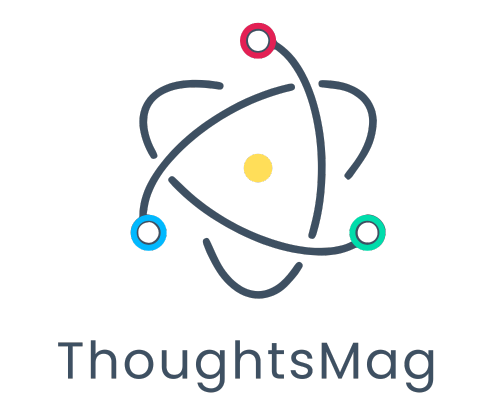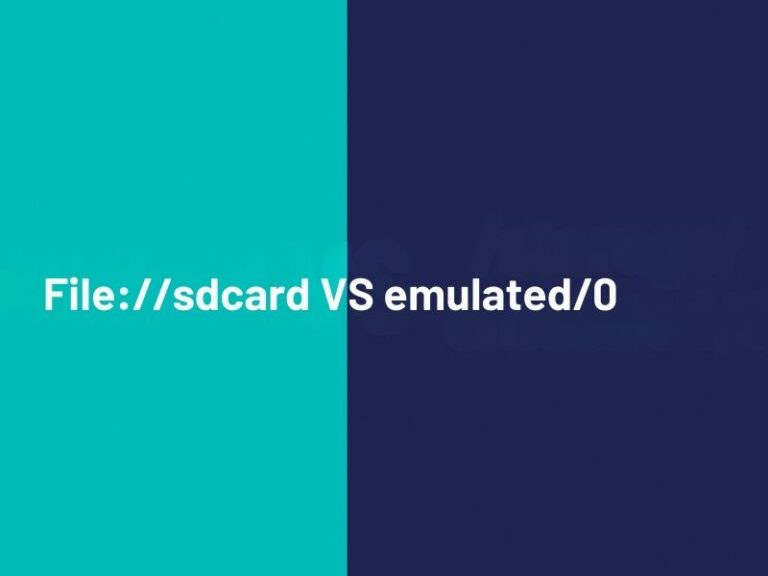Cloud computing continues to evolve rapidly, shaping how businesses innovate, scale, and deliver value. From hybrid cloud strategies to AI-powered infrastructure, understanding the latest cloud computing trends is essential for staying competitive in today’s fast-paced digital landscape.
In this article, we’ll explore the most impactful cloud computing trends in 2025 and what they mean for businesses of all sizes.
Why Staying Updated on Cloud Computing Trends Matters
Cloud computing is no longer a “nice-to-have” — it’s the backbone of modern digital operations. Companies across sectors rely on cloud platforms to store data, power applications, and drive innovation.
Staying informed on cloud computing trends helps businesses:
-
Optimize costs and performance
-
Improve data security and compliance
-
Leverage cutting-edge tools like AI and machine learning
-
Respond to changing market demands faster
Top Cloud Computing Trends in 2025
1. The Rise of Hybrid and Multi-Cloud Strategies
More organizations are moving away from single-cloud reliance. In 2025, hybrid cloud (a mix of on-premise and cloud infrastructure) and multi-cloud strategies (using services from multiple cloud providers) dominate the conversation.
Why it matters:
-
Reduces vendor lock-in
-
Enhances flexibility and redundancy
-
Allows organizations to choose best-in-class services
Companies are increasingly choosing AWS for scalability, Azure for enterprise integration, and Google Cloud for AI/ML capabilities — all in one ecosystem.
2. Edge Computing and Real-Time Processing
As the Internet of Things (IoT) grows, so does the need for edge computing. Instead of sending all data to a central cloud, edge computing processes data near the source — reducing latency and improving performance.
Industries leading this trend:
-
Healthcare (real-time diagnostics)
-
Retail (smart shelves and inventory tracking)
-
Manufacturing (predictive maintenance)
Edge computing is one of the cloud computing trends transforming operational efficiency across sectors.
3. Cloud-Native Development and Serverless Architecture
Developers are shifting to cloud-native technologies — like containers, Kubernetes, and serverless computing — to build scalable, resilient applications.
Benefits of serverless architecture:
-
No need to manage infrastructure
-
Cost-effective — pay only for actual usage
-
Auto-scaling and faster deployments
These cloud computing trends are reshaping how applications are built and delivered in 2025.
4. AI and ML Integration into Cloud Platforms
AI is no longer just a buzzword. In 2025, AI and machine learning are deeply embedded into cloud services. From automating cloud cost management to predictive analytics, the synergy between AI and cloud is accelerating innovation.
Key developments:
-
AI-driven cybersecurity monitoring
-
Smart resource allocation
-
AI-as-a-Service (AIaaS) offerings from major cloud providers
These capabilities are enabling smarter, more proactive cloud usage.
5. Increased Focus on Sustainability in Cloud Computing
Sustainability has become a strategic priority. Cloud providers are under pressure to reduce carbon footprints and operate greener data centers.
Green cloud trends:
-
Energy-efficient servers and data centers
-
Carbon-aware workload scheduling
-
Transparent sustainability metrics from providers
As consumers and investors demand accountability, sustainability is a top-tier cloud computing trend in 2025.
6. Cloud Security and Zero Trust Architecture
With rising cyber threats, cloud security has become more critical than ever. The shift toward Zero Trust Architecture — where no one is trusted by default — is gaining traction across cloud environments.
Security innovations:
-
AI-enhanced threat detection
-
Secure Access Service Edge (SASE) solutions
-
Data encryption at every layer
Staying ahead of these cloud computing trends helps reduce the risk of breaches and ensures regulatory compliance.
7. Industry-Specific Cloud Solutions
From fintech to healthcare, providers are offering industry-specific cloud platforms with tailored compliance, data handling, and integration features.
Examples:
-
Microsoft Cloud for Healthcare
-
AWS for Financial Services
-
Google Cloud for Retail
These purpose-built platforms simplify digital transformation within regulated or complex industries.
Emerging Trends to Watch
Besides the major players, here are a few emerging cloud computing trends worth monitoring:
-
Quantum computing in the cloud: Still in early stages, but gaining momentum
-
Cloud-based blockchain: For secure, transparent recordkeeping
-
Composable applications: Modular development for rapid customization
These innovations could define the next phase of the cloud revolution.
How Businesses Can Capitalize on These Trends
Understanding trends is one thing — implementing them is another. Here are ways companies can take advantage of the latest cloud computing trends:
✅ Conduct Regular Cloud Audits
Ensure your current cloud usage aligns with business goals. Identify inefficiencies and opportunities for cost savings.
✅ Invest in Cloud Training
Upskill your workforce on cloud-native tools, security best practices, and emerging technologies.
✅ Work with Trusted Cloud Partners
Engage managed service providers or certified consultants to design and maintain optimized cloud solutions.
FAQs About Cloud Computing Trends
❓ What is the biggest trend in cloud computing for 2025?
The biggest trend is the rise of hybrid and multi-cloud strategies, allowing businesses to improve flexibility and avoid vendor lock-in.
❓ How is AI impacting cloud computing?
AI is being integrated into cloud platforms to automate operations, enhance cybersecurity, and deliver intelligent insights.
❓ Is cloud computing secure in 2025?
Yes, especially with innovations like Zero Trust Architecture, AI-driven monitoring, and encrypted communications. However, proper implementation is key.
❓ What is green cloud computing?
Green cloud computing refers to environmentally friendly practices in cloud infrastructure — such as using renewable energy and optimizing workloads to reduce emissions.
❓ Should small businesses care about cloud computing trends?
Absolutely. Many trends like serverless computing and industry-specific platforms help small businesses scale without massive infrastructure investments.
Final Thoughts: Staying Ahead in the Cloud Era
In 2025, cloud computing is more than a technology — it’s a catalyst for innovation, agility, and sustainability. By understanding and applying the latest cloud computing trends, organizations can future-proof their operations, reduce risk, and gain a competitive edge.






